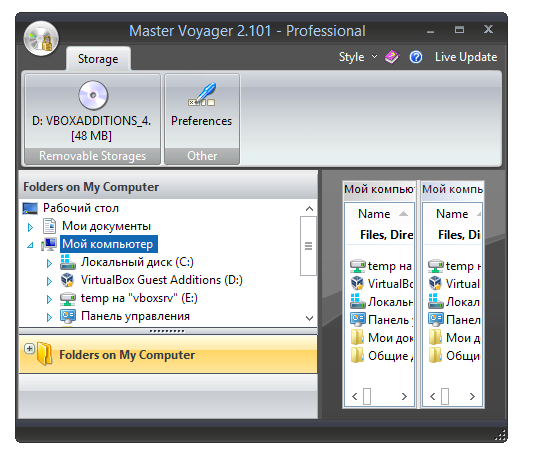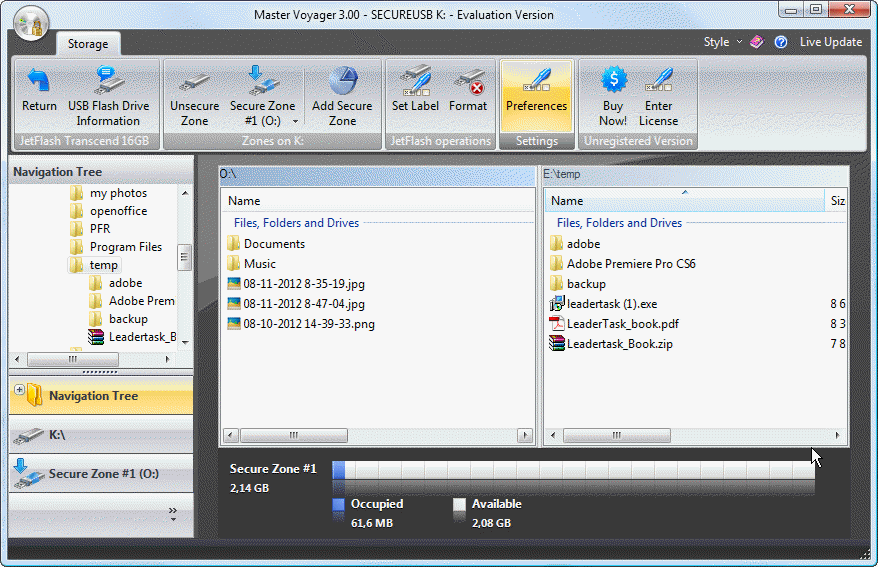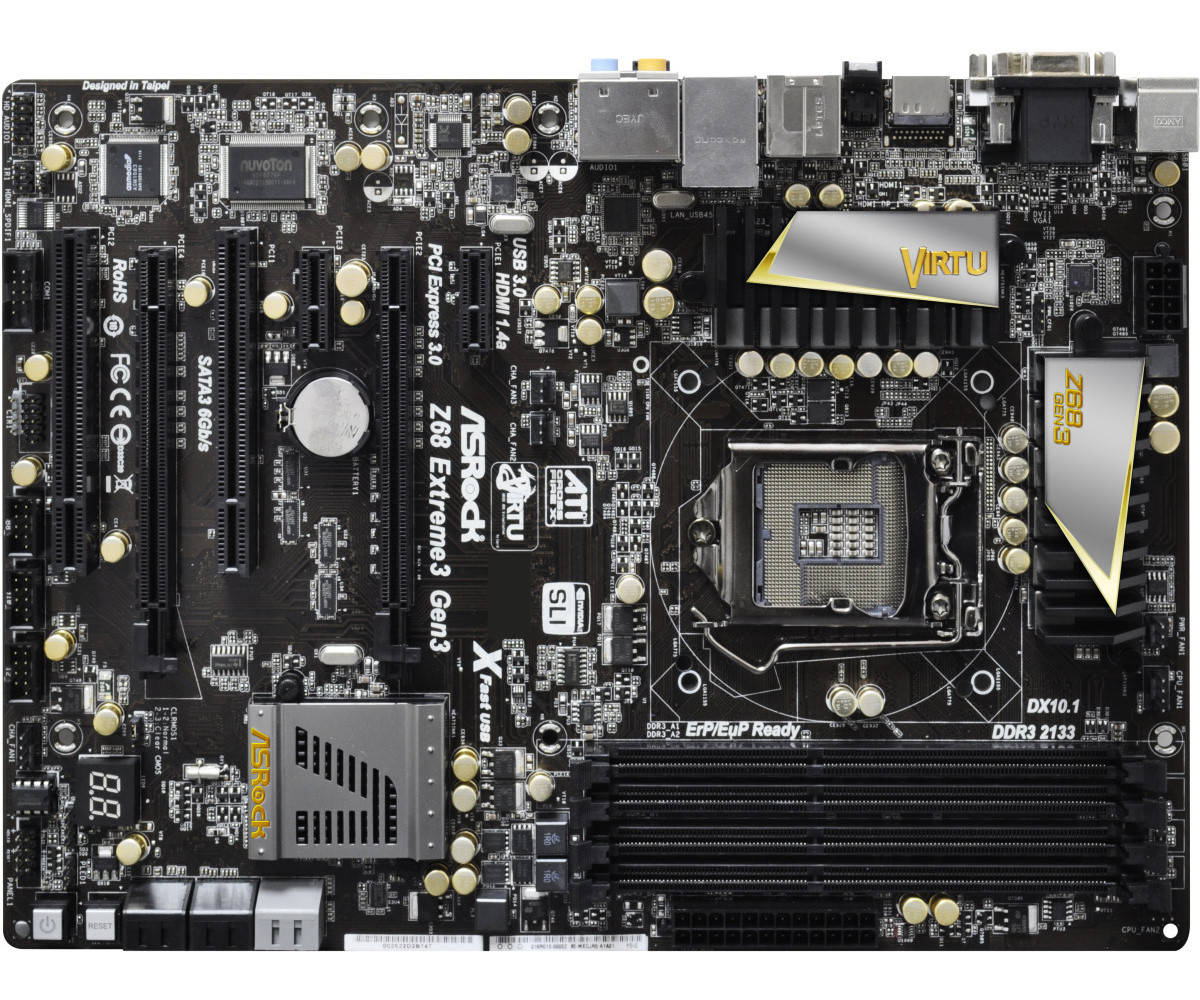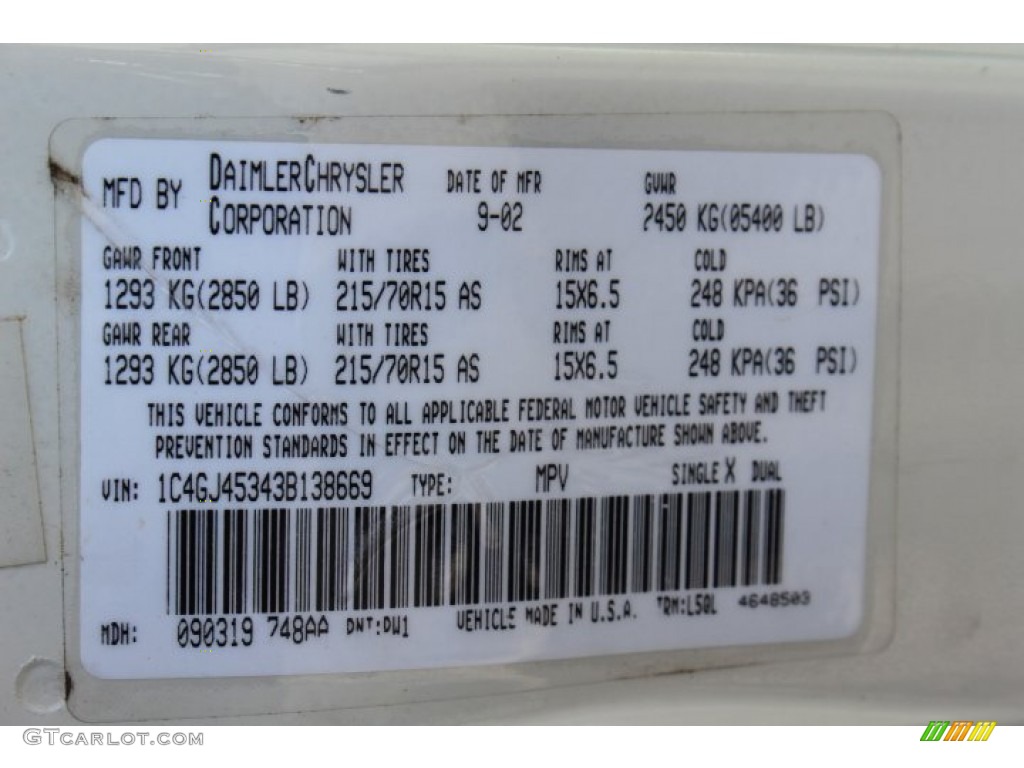


Voyager does not use checksums in messages.Voyager will not respond correctly if vendor system messages contain newline characters. Messages must be terminated with return characters only.Voyager expects communication over a socket connection type.Voyager also includes some proprietary elements, which you may review in the "Setting up SIP Self Check" chapter of the Interface to Self Modules of 3M SIP Documentation Some of these include: You may need to communicate to the vendor that Voyager uses a modified version of the 3M SIP 2.00 protocol: one that does not use every message or feature. Port: XX31 where XX are the first two digits your library uses in the Voyager.INI port numbers on your PC.Self-Check Location Code: the SIP2 location code (not the location name) you created in step 1.
#Master voyager activation code password#
Self-Check Password: the SIP2 operator password you created in step 2.Username: the SIP2 operator login you created in step 2.The vendor will require the following information: You should be able to select the happening location created in Step 1. Try logging into the Circulation Client with the credentials created in Step 2. Note that firewall rules may need to be modified (Voyager Self-Check runs on port xx31 by default). Once you have defined the SIP2 location, operator and policy settings you can begin to work with the application/hardware vendor to test connectivity, communications and functionality. If a patron has exceeded any of these limits, that patron will be blocked from authentication and circulation activities over SIP2. If so, edit the patron groups tab to reflect the limits you want to set. Optionally, you may choose to apply similar blocking conditions to SIP2 activity as you use at your circulation desk. Edit the settings on the Policies tab to be the same as your main policy group.You may leave all settings unchecked and blank if you will only be using the policy group for authentication. Add or edit the “all/all” entry on the Matrix tab in order to establish default circulation settings for the policy group.Set the Shelving Interval, In Transit Interval, and Hold Life to be the same as your main policy group. Edit the SIP2 location, and check the Circulation Location box to make it a valid happening location.Add the SIP2 location on the locations tab.Add at least one calendar on the Calendars tab.Create a policy group with a unique name.This same location may be used to charge items without creating matrix entries, as Voyager will use the policy group for the location of the item being charged. If a SIP2 location will be used only for SIP2 authentication, you do not need to create any matrix entries beyond the “all/all” entry.

Doing so enables the library to test and implement applications without impacting existing circulation policies.Ī SIP2 policy group may be created with minimal settings. Support recommends that you create a separate policy group for SIP2 applications.

To establish the SIP2 location as a happening location, you must add it to a Circulation Policy Group. Create a new circulation policy group, and add the SIP2 location


 0 kommentar(er)
0 kommentar(er)
